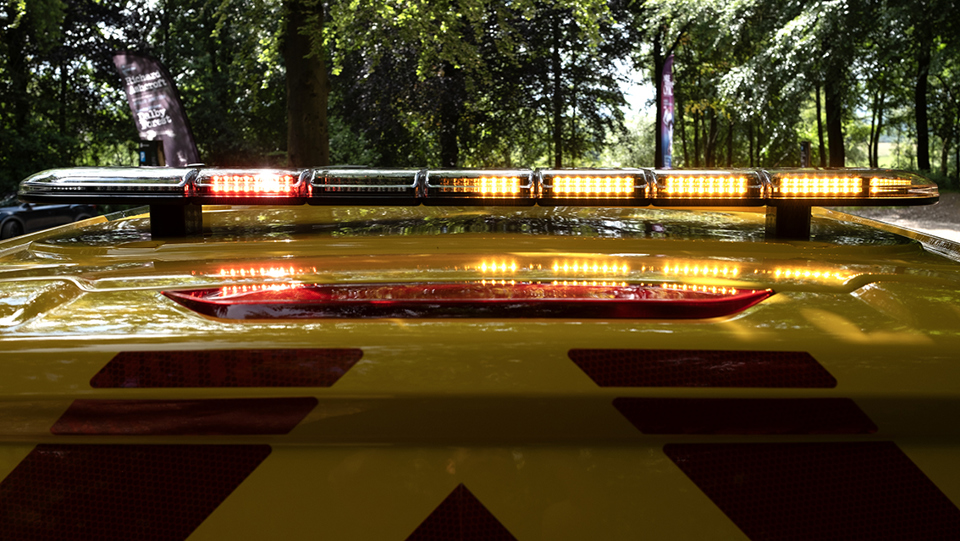The AA has introduced red flashing lights to the rear of its breakdown recovery fleet to enhance road safety.
The rollout of red flashing lights comes after a successful campaign by motoring organisations and recovery operators to be allowed to use ‘rear reds’ in a similar way to police and National Highways officers.
The initiative was first announced as part of the previous Government’s ‘Plan for Drivers’ and, after being given the go-ahead, applications for their use opened in September.
AA head of fleet, Duncan Webb, said: “The recovery industry has long called for the introduction of rear red flashing lights.
“The move to introduce them to all our breakdown and recovery fleet offers another layer of protection to our patrols when they’re attending to our members.”
Last year, 4,723 casualties occurred on motorways, with incidents involving vehicles being struck as they were receiving help.
There were also multiple near misses, as drivers passed too close and too fast while vehicle recovery specialists rescued vulnerable motorists on nation’s motorways and A roads.
The AA is keen to help reduce that number by taking whatever steps are practicably possible by investing in safer working practices for its employees.
For the use of flashing rear red light to be considered legal, recovery operators must submit a VSO (Vehicle Special Order) and gain Department for Transport (DfT) before activating the ‘rear reds’.
Once activated, the use of the lights is closely monitored to ensure they are only used when the required criteria are met.
Flashing red lights can only be used following a ‘dynamic risk assessment’ by the operator, in conjunction with flashing amber beacons and when the recovery vehicle is stationary on a fast-moving road or in inclement weather.
The AA is providing additional training for its patrols to help them to stay compliant when using the lights.
Webb continued: “Safety is paramount when rescuing our members, especially on fast moving roads.
“Drivers know that red lights spell danger, so we urge the public that if they see a recovery vehicle with flashing red lights that they slow down, and if safe to do so, move over.
“These simple steps offer protection to stranded drivers and the patrols working on the casualty vehicle.”
He added: “I applaud our fleet engineering team for having the foresight to pre-install the lights in readiness for the DfT/VSO approval.
“This move has meant that the majority of our patrol vehicle ‘rear reds’ were ready to be switched on once the patrols had completed their mandatory training, saving time off the road and improving customer service and safety levels.”
Webb was the recipient of the Fleet of the Year Award – more than 1,000 vehicles – at this year’s Fleet News Awards. Read how Webb is prioritising sustainability on the AA’s eclectic fleet.




















Login to comment
Comments
No comments have been made yet.